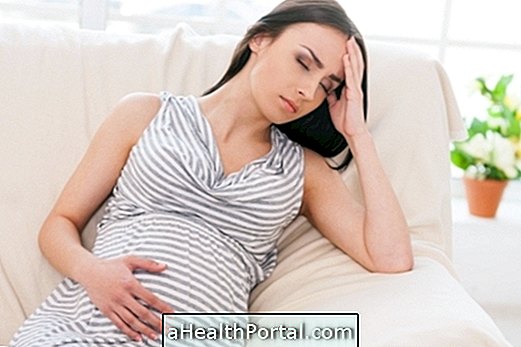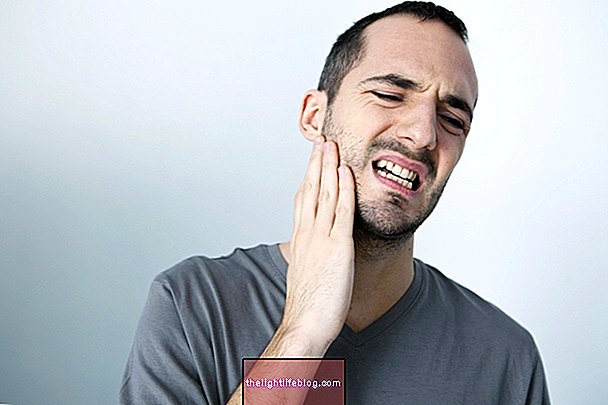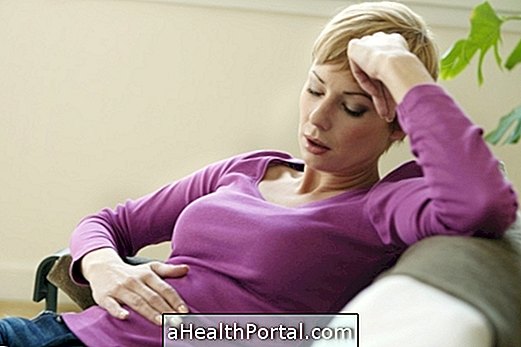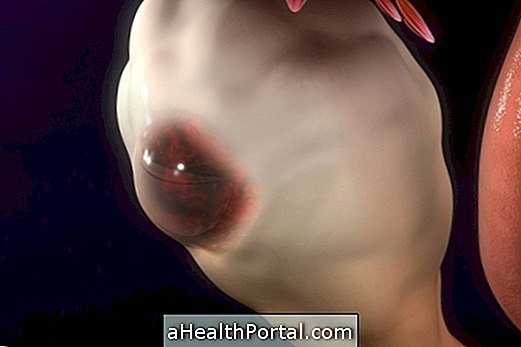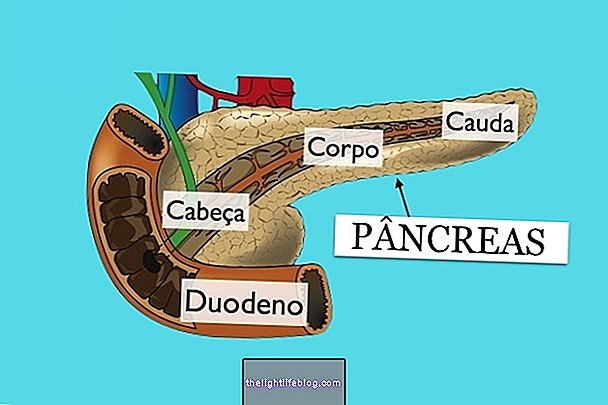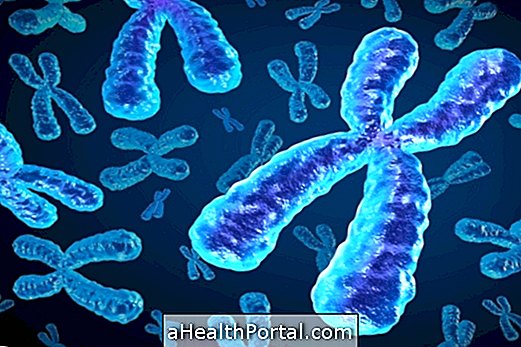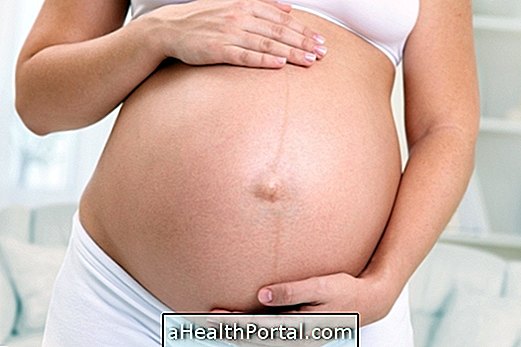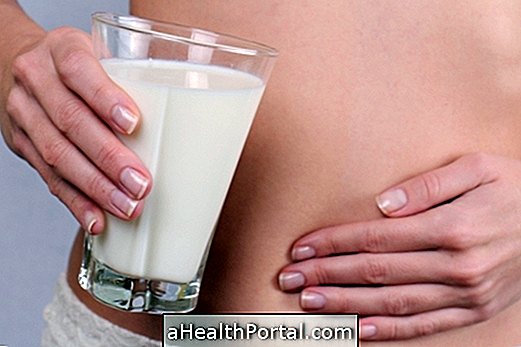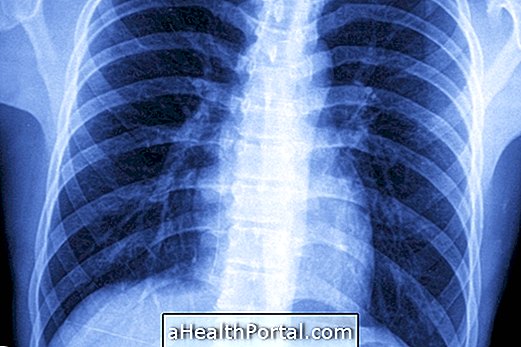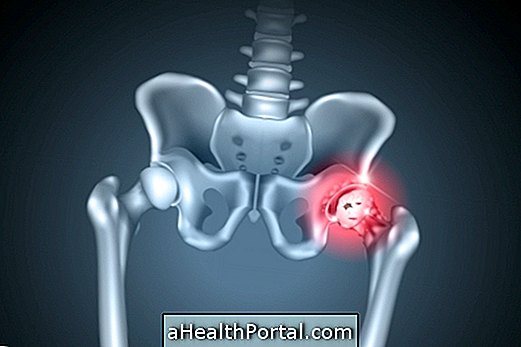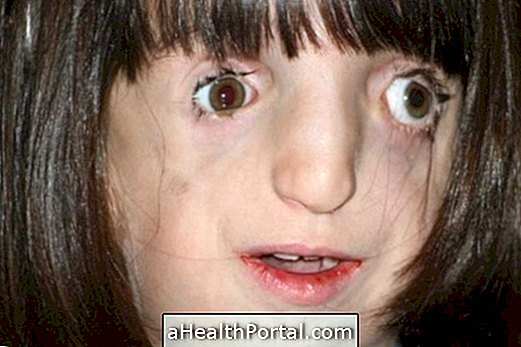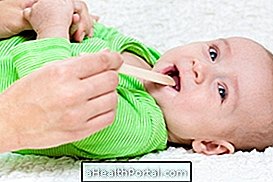Cervical spondylosis is a normal degeneration of the age that arises between the vertebrae of the cervical spine, in the region of the neck, causing symptoms such as:
- Pain in the neck or around the shoulder;
- Pain radiating from shoulder to arms or fingers;
- Weakness in arms;
- Feeling of a hard neck;
- Headache that appears at the nape of the neck;
- Tingling that affects the shoulders and arms
Pain from cervical spondylosis may worsen on walking, sitting, sneezing, or coughing.
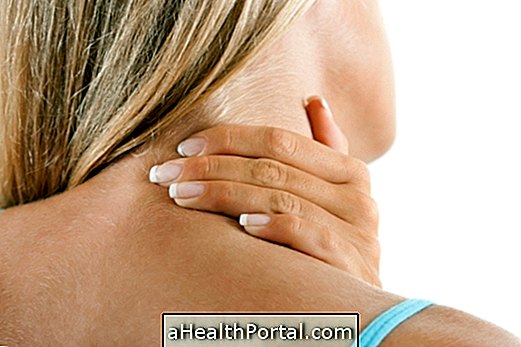
Some patients, with the worsening of the disease, can lose the movement of the arms and legs and have difficulty walking and stiffness of the leg muscles. Sometimes associated with these symptoms, there may be a sense of urgency to urinate or an inability to hold urine. In such cases it is advisable to consult an orthopedist, as there may be spinal involvement.
See which major diseases of the spine can also cause this type of symptoms.
How to confirm the diagnosis
To confirm the diagnosis of cervical spondylosis it is important to consult an orthopedist. Usually, the doctor begins by making a physical assessment, to understand what symptoms and what movements may cause it to worsen.
However, in most cases, it is necessary to do diagnostic tests, such as X-rays, CT scans or magnetic resonance imaging to ensure there are no other problems that may be causing the same type of symptoms, such as fibromyalgia.
Since it is necessary to go on to clear other diseases of the spine, the diagnosis of cervical spondylosis may take a few weeks or months until it is discovered, however, treatment can be initiated even before diagnosis is known, to relieve pain and improve quality of life.
Check out the treatment options for cervical spondylosis.
Who is at increased risk for cervical spondylosis
Cervical spondylosis is very common in the elderly, due to small changes that will arise naturally in the joints of the spine over the years. However, people who are overweight, have poor posture or who have jobs with repeated movements of the neck may also develop spondylosis.
The major changes that occur in the spine include:
- Dehydrated discs : after the age of 40, the discs that lie between the vertebrae of the spine become increasingly dehydrated and small, allowing the contact between the bones, which causes the onset of pain;
- Herniated disc : These are very common changes not only in age but in people who lift a lot of weight without protecting the back. In these cases, the hernia can put pressure on the spinal cord, causing several types of symptoms;
- Esporões in the vertebrae : with the bone degeneration, the body can end up producing spurs, which are accumulations of bone, produced to try to strengthen the spine. These spurs may also end up pressing the spine and several nerves in the spine region.
In addition, the ligaments of the spine also lose their elasticity, causing difficulty to move the neck and even the appearance of pain or tingling.
